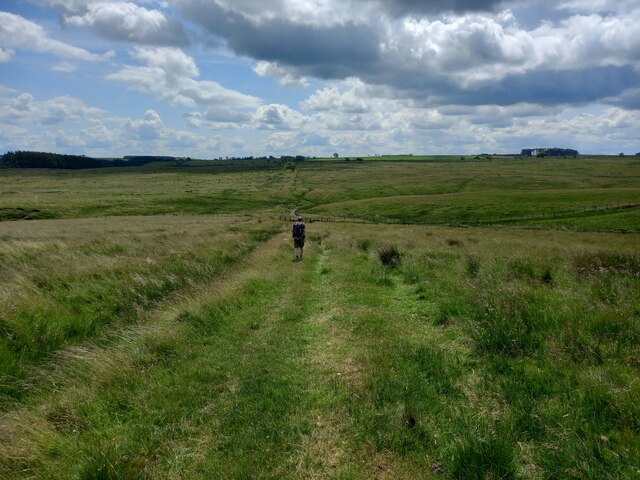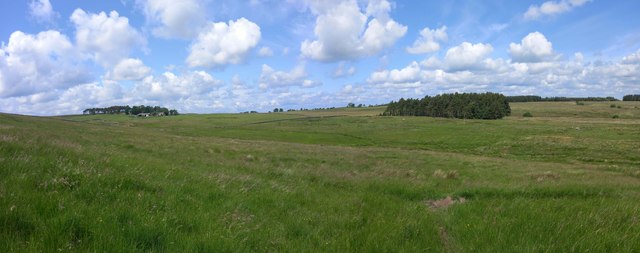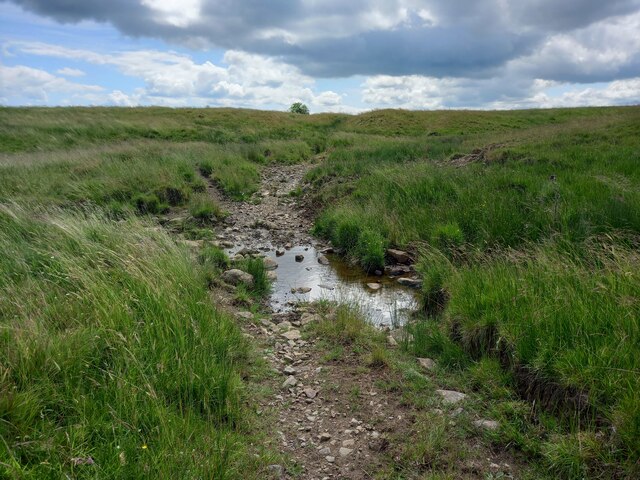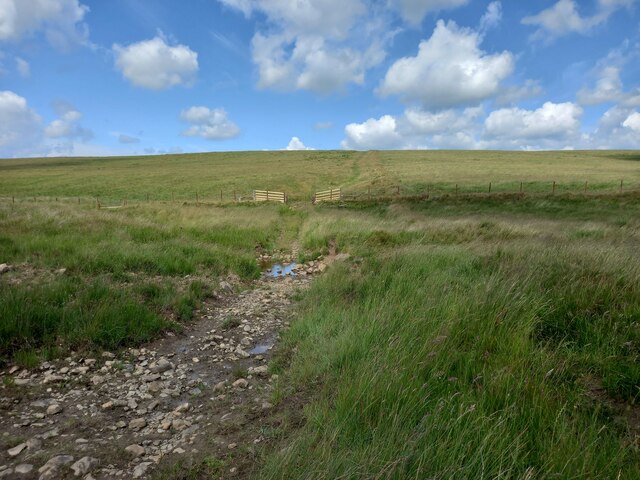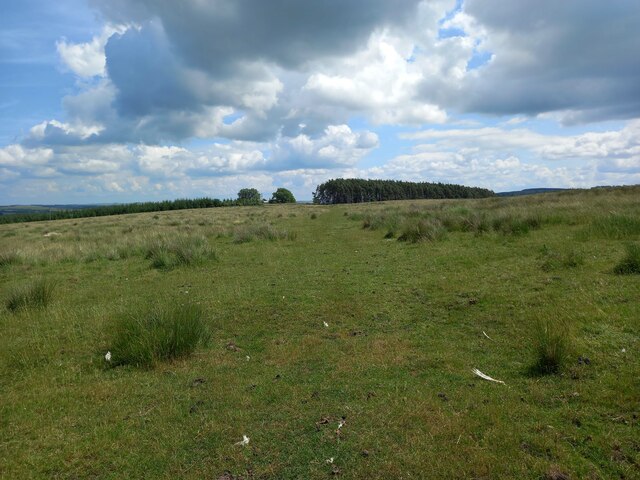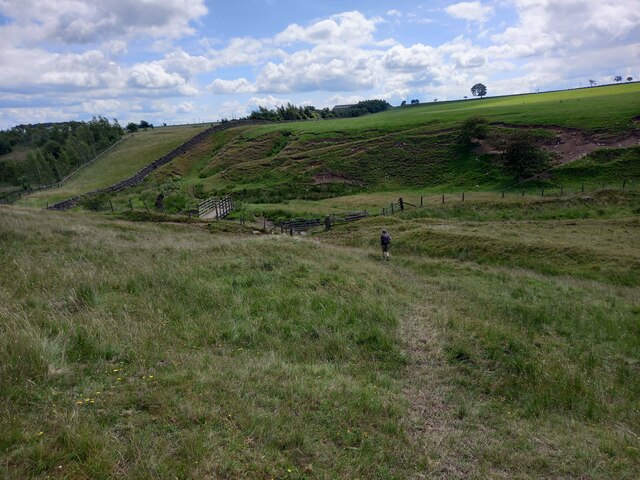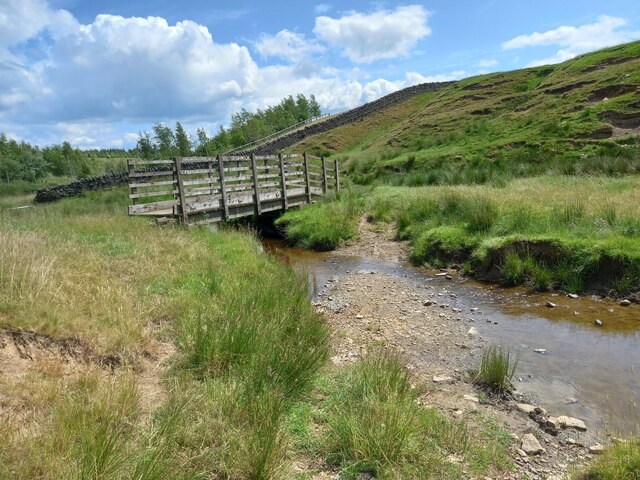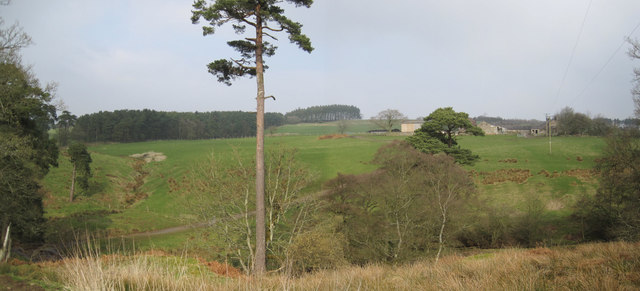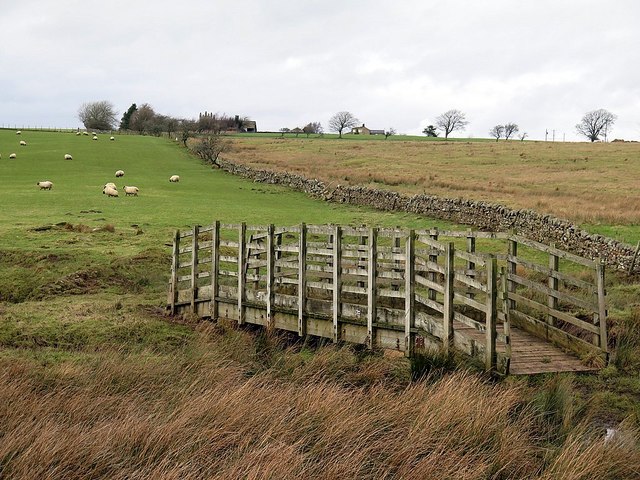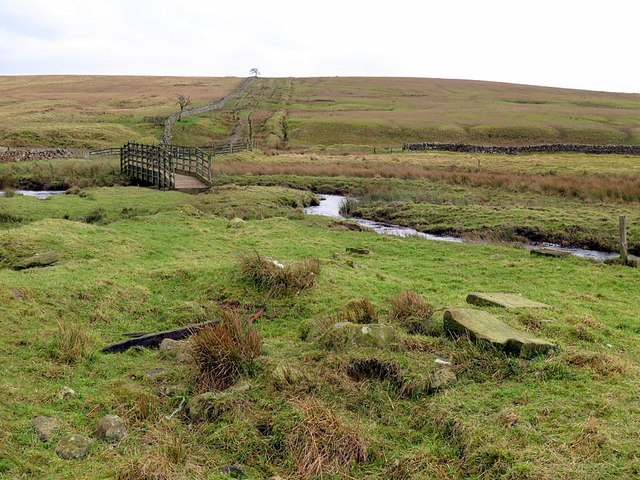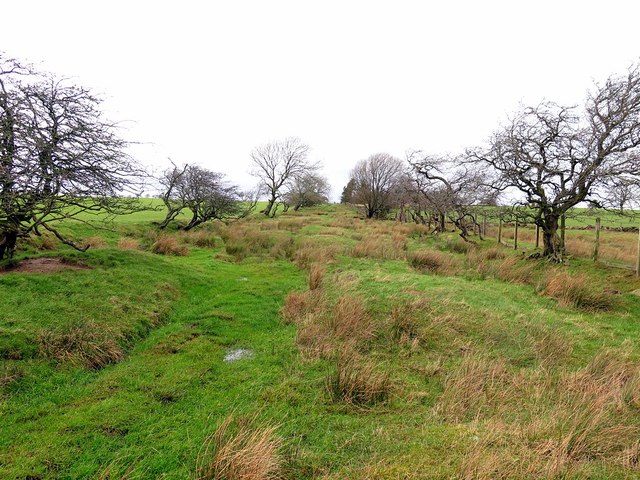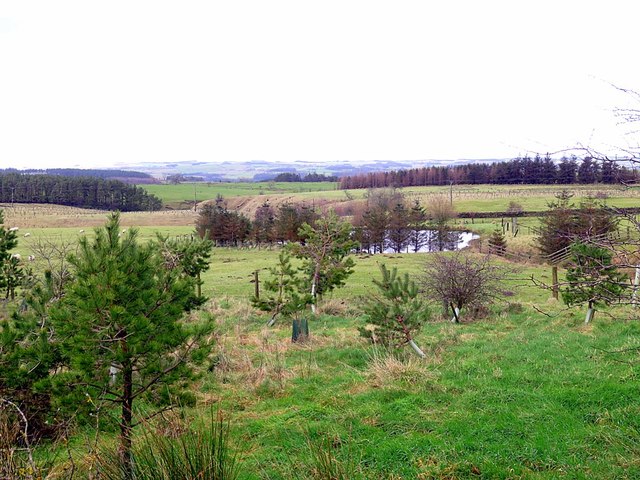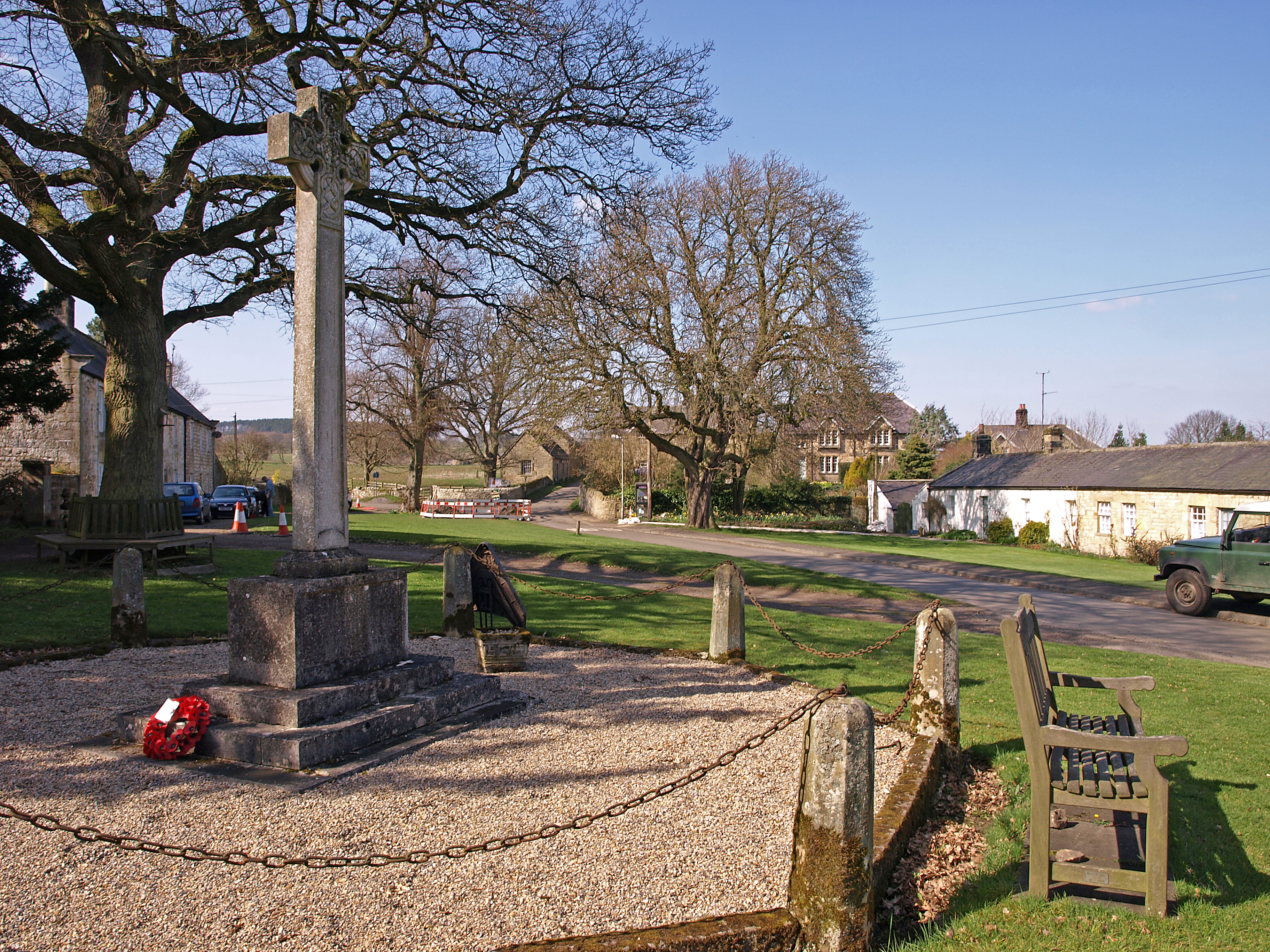Hill Rigg Wood
Wood, Forest in Northumberland
England
Hill Rigg Wood
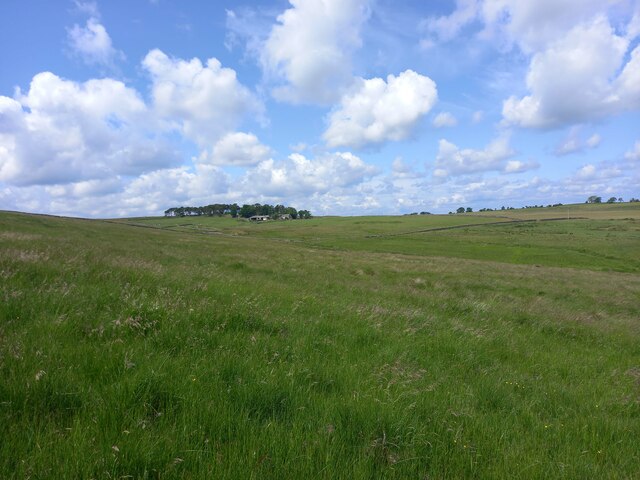
Hill Rigg Wood is a picturesque woodland located in Northumberland, a county in northeastern England. It is situated near the small village of Belsay and covers an area of approximately 50 acres. The wood sits on a gentle slope, providing visitors with stunning panoramic views of the surrounding countryside.
The wood is predominantly composed of native broad-leaved trees, including oak, ash, birch, and beech. These trees create a dense canopy that provides shade and shelter for a diverse range of wildlife. The forest floor is carpeted with a variety of wildflowers, such as bluebells, primroses, and wood anemones, which bloom in vibrant colors during the spring months.
Hill Rigg Wood is crisscrossed by a network of well-maintained footpaths, allowing visitors to explore its natural beauty at their leisure. The paths lead through different sections of the wood, each with its distinctive character and charm. Along the way, visitors may encounter native wildlife, including squirrels, rabbits, and a variety of bird species.
The wood is also home to a small pond, which provides a habitat for frogs, newts, and dragonflies. It offers a tranquil spot for reflection and is a popular destination for birdwatching enthusiasts, who can spot various waterfowl and songbirds in the area.
Overall, Hill Rigg Wood is a haven of natural beauty, offering a peaceful escape from the hustle and bustle of everyday life. Its diverse flora and fauna, combined with its scenic views, make it a must-visit destination for nature lovers and those seeking a tranquil retreat in Northumberland.
If you have any feedback on the listing, please let us know in the comments section below.
Hill Rigg Wood Images
Images are sourced within 2km of 55.060892/-2.2343554 or Grid Reference NY8574. Thanks to Geograph Open Source API. All images are credited.
![Slaterfield Fell & Kirkshield at road end "Outside the south wall of the churchyard [Simonburn] a farm road leads up westward to the fell top. After passing three lonely farms it comes to the quaint house named Kirkshield with its crocketed pinnacles, built as a shooting lodge by a seventeenth century rector. Just past the house the road comes to an end, being crossed by an ancient drove-road. This comes down from the north, its wide grass-track leading southwards towards the Roman Wall and beyond. One wonders how often it has seen stolen lowland cattle being driven northwards in the old days of the moss-troopers."
The Great Parish of Simonburn from Hadrian's Wall to Carter Bar: An Historical Guide by Cecil Dickson Ward Davis (1972).](https://s0.geograph.org.uk/geophotos/04/81/71/4817160_0b98337b.jpg)
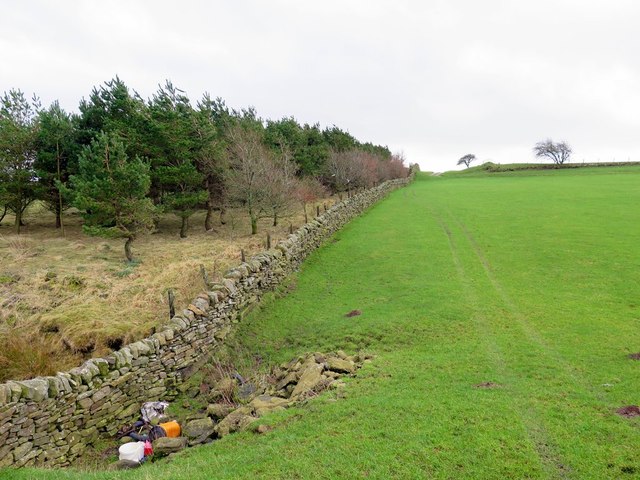
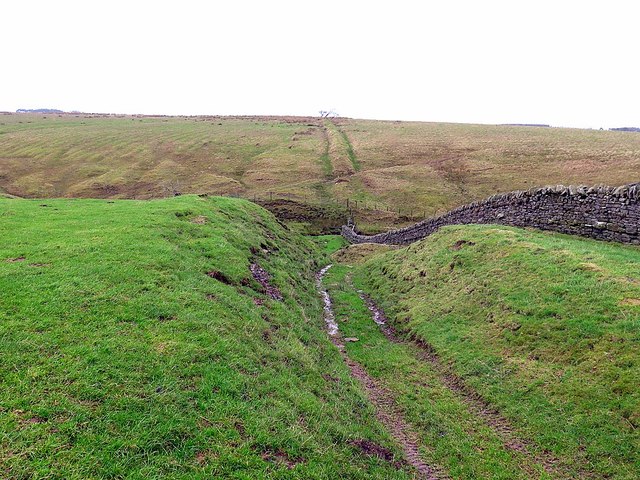
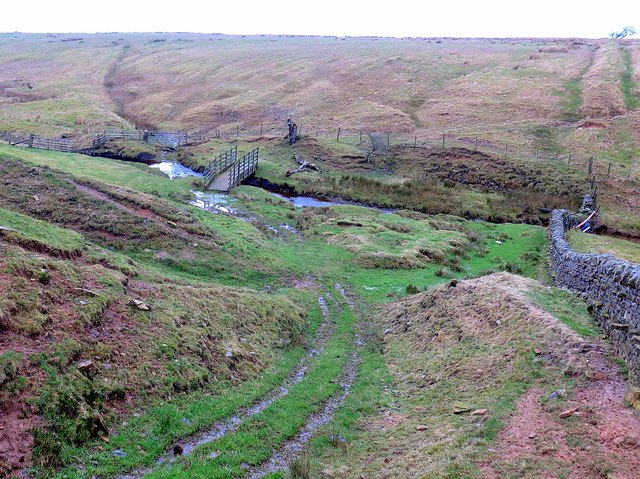
Hill Rigg Wood is located at Grid Ref: NY8574 (Lat: 55.060892, Lng: -2.2343554)
Unitary Authority: Northumberland
Police Authority: Northumbria
What 3 Words
///innocence.producers.washroom. Near Birtley, Northumberland
Nearby Locations
Related Wikis
Greenhaugh
Greenhaugh is a small village in Northumberland, England. It is located northwest of Bellingham and borders the Northumberland National Park. It is in...
The Goatstones
The Goatstones is a Bronze-Age four-poster stone circle located near Ravensheugh Crags in Northumberland, England. It is 2.5 miles (4.0 km) to the north...
Simonburn
Simonburn is a small human settlement in Northumberland, England. == Early history == Simonburn lies to the north of Hadrian's Wall, the most noted Roman...
Nunwick Hall
Nunwick Hall is a privately owned 18th-century country house near Simonburn, Northumberland in North East England. The estate has been the home of the...
Nearby Amenities
Located within 500m of 55.060892,-2.2343554Have you been to Hill Rigg Wood?
Leave your review of Hill Rigg Wood below (or comments, questions and feedback).
